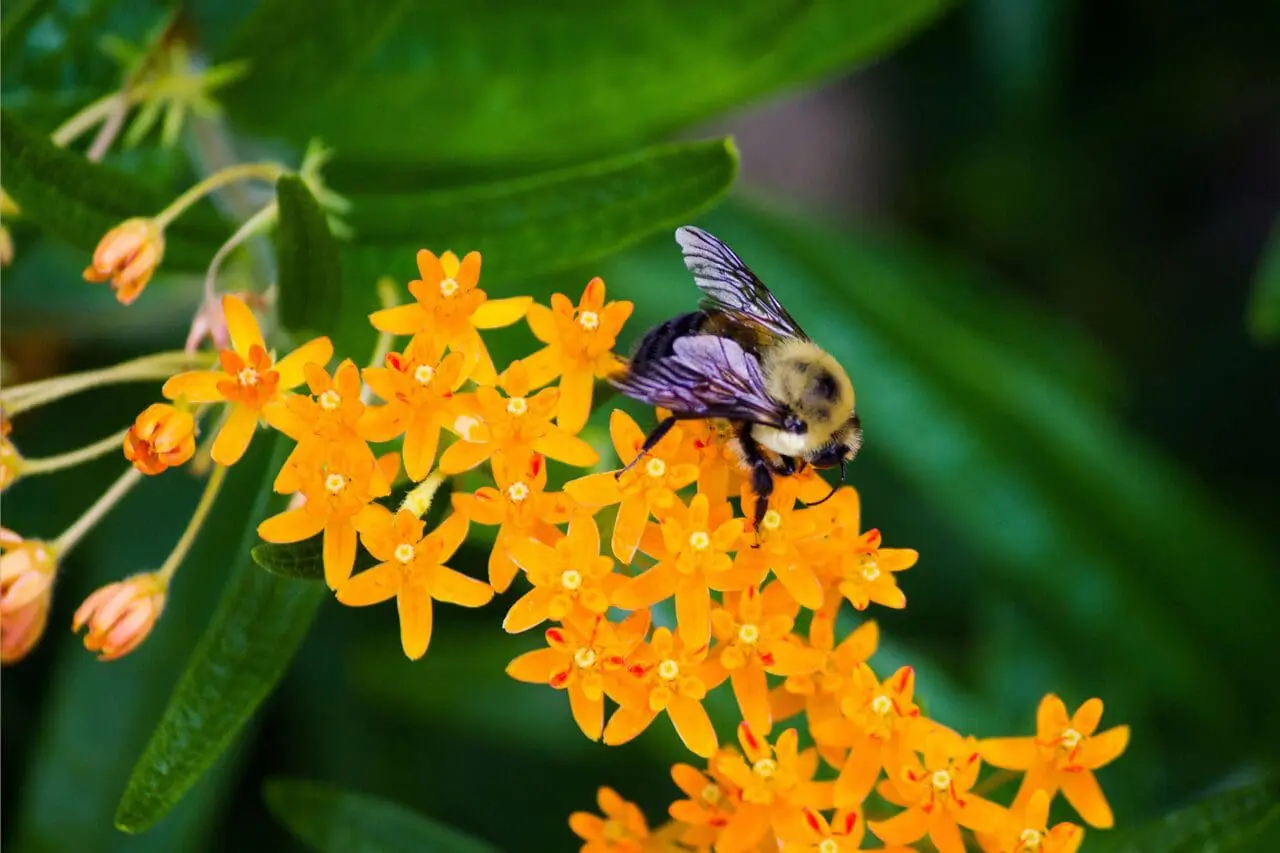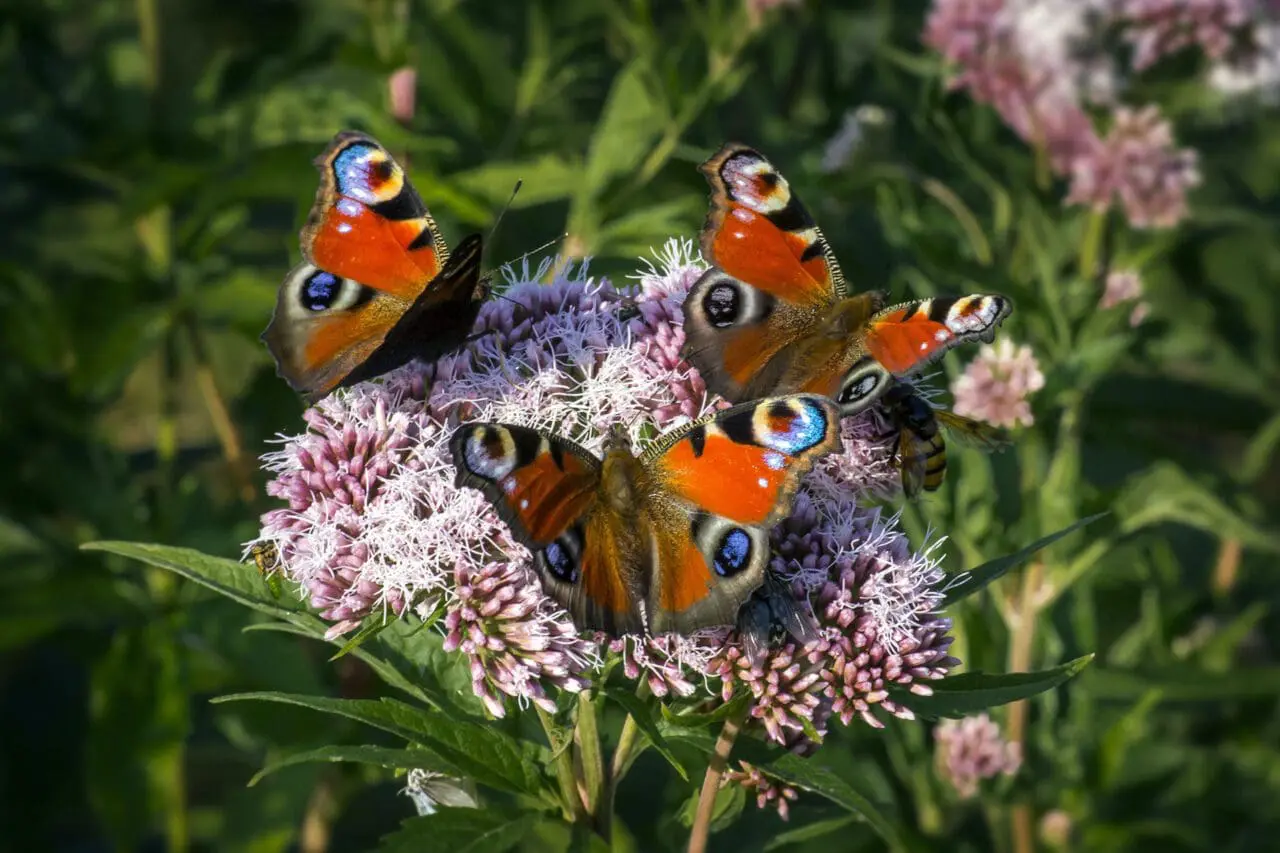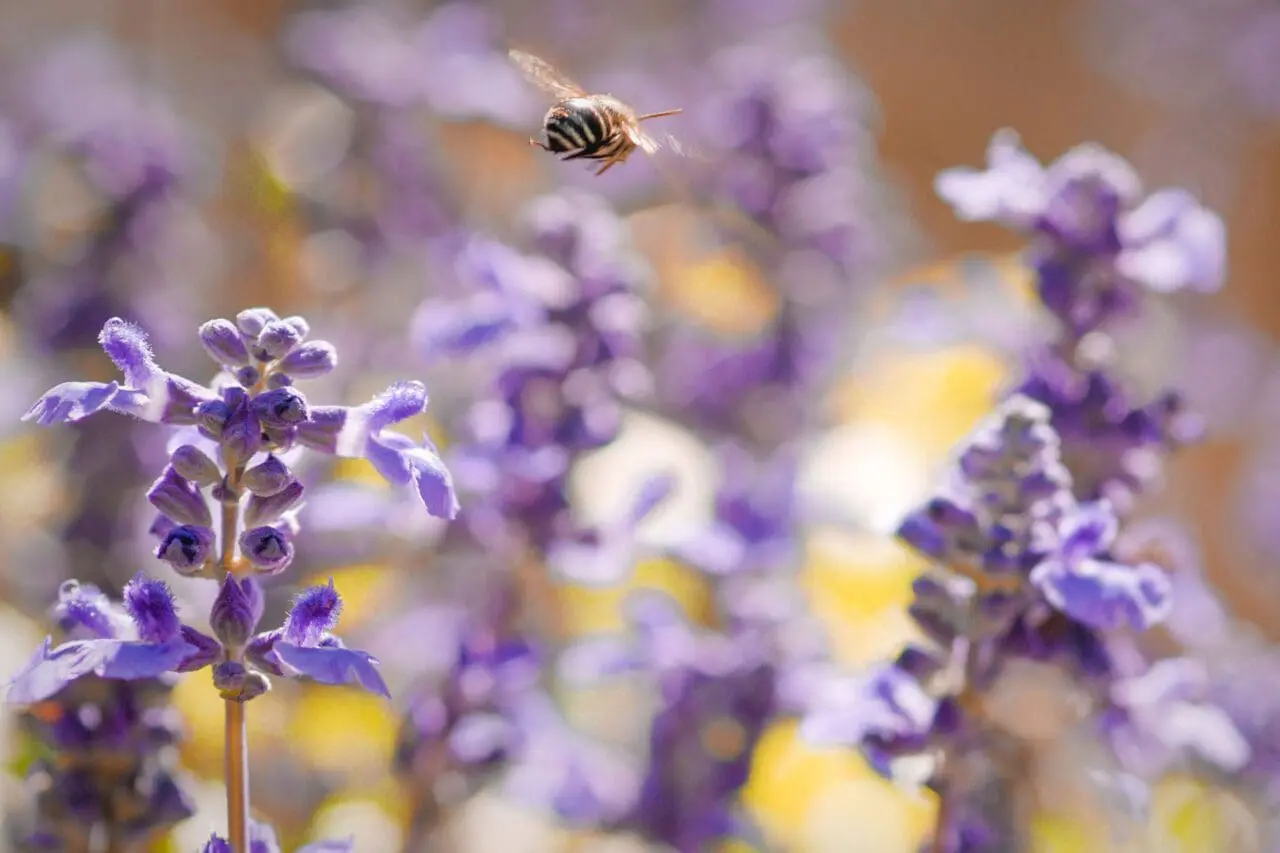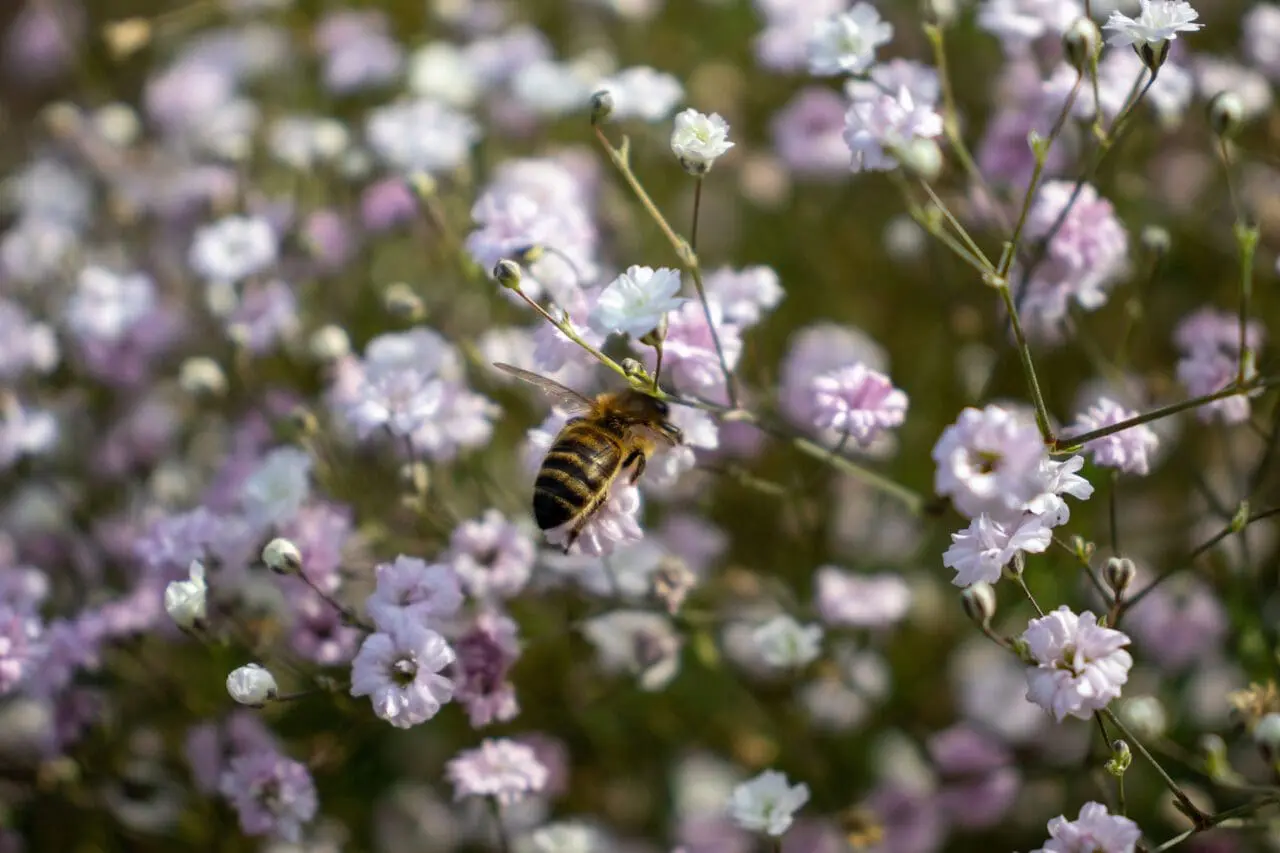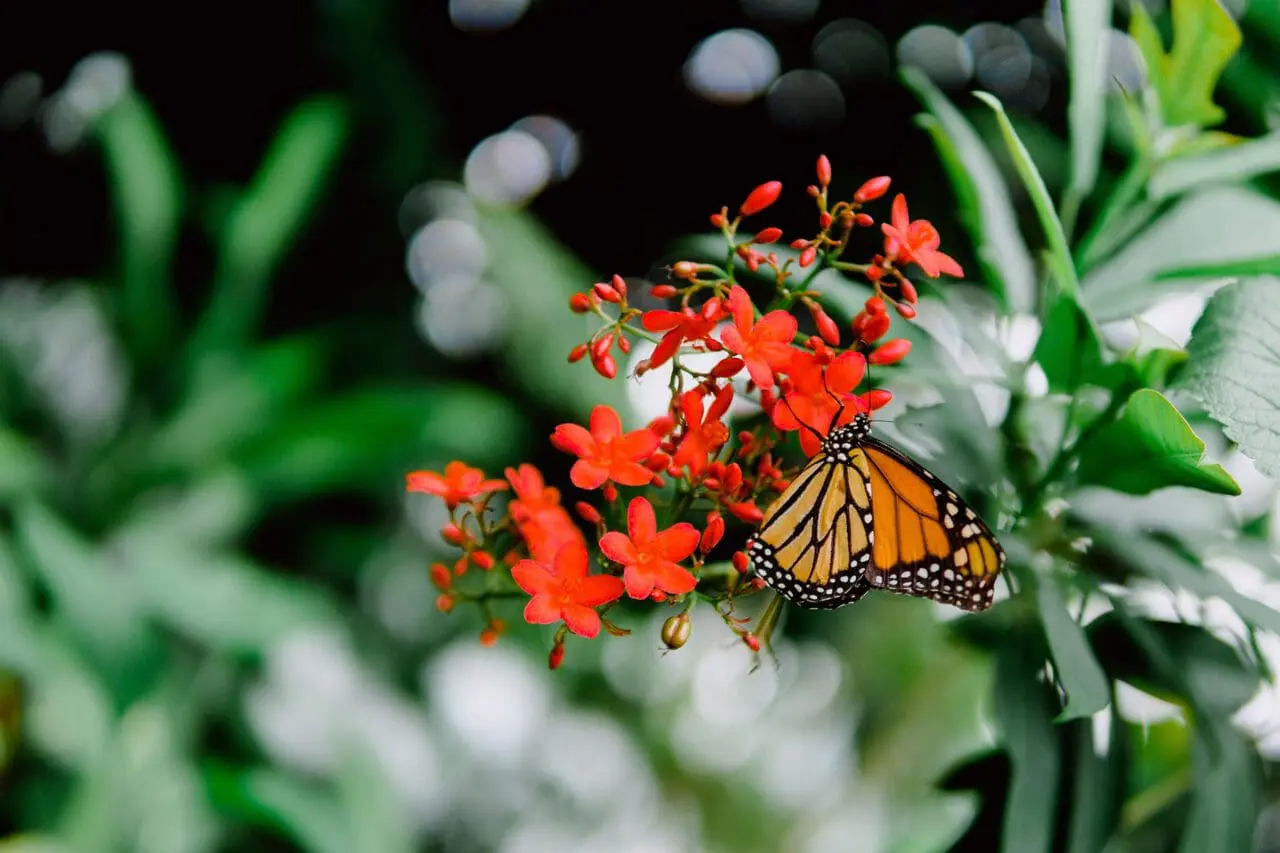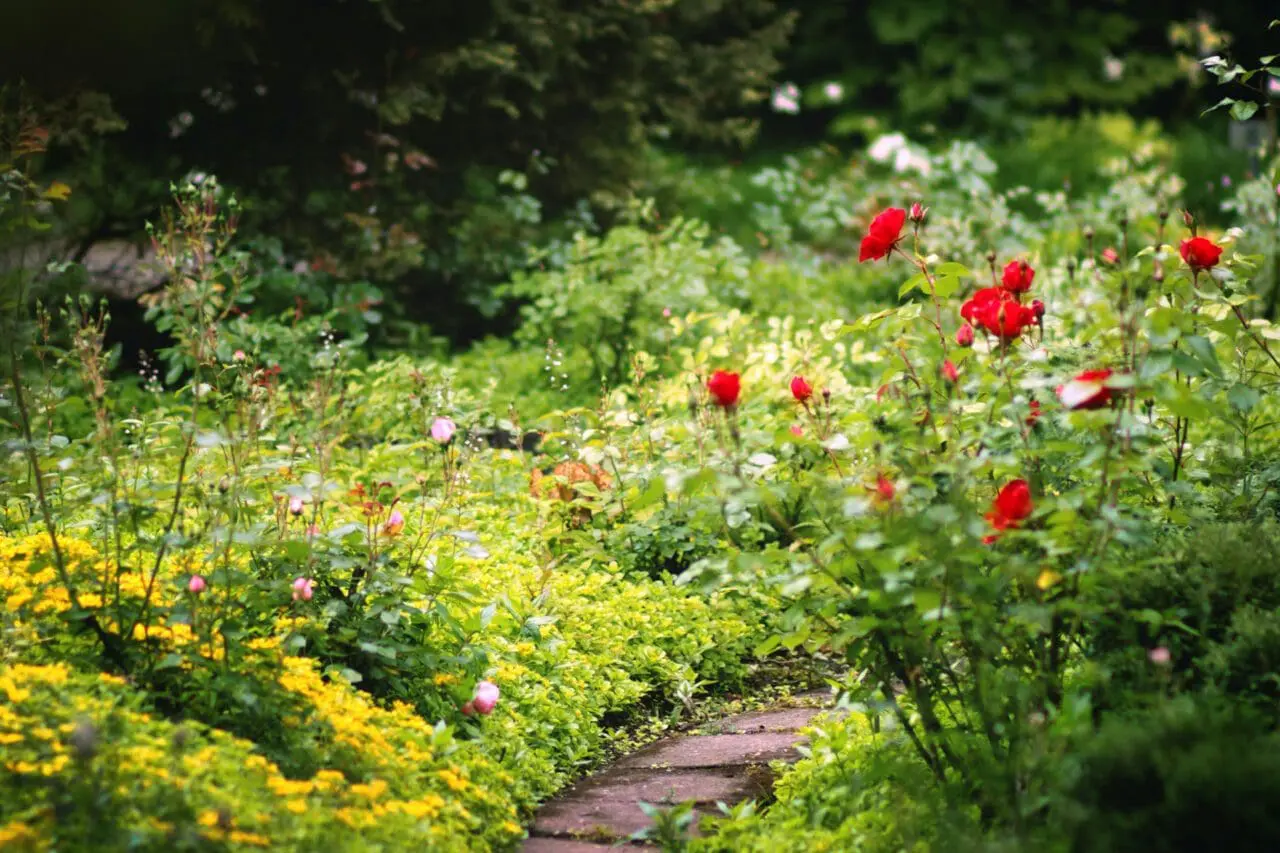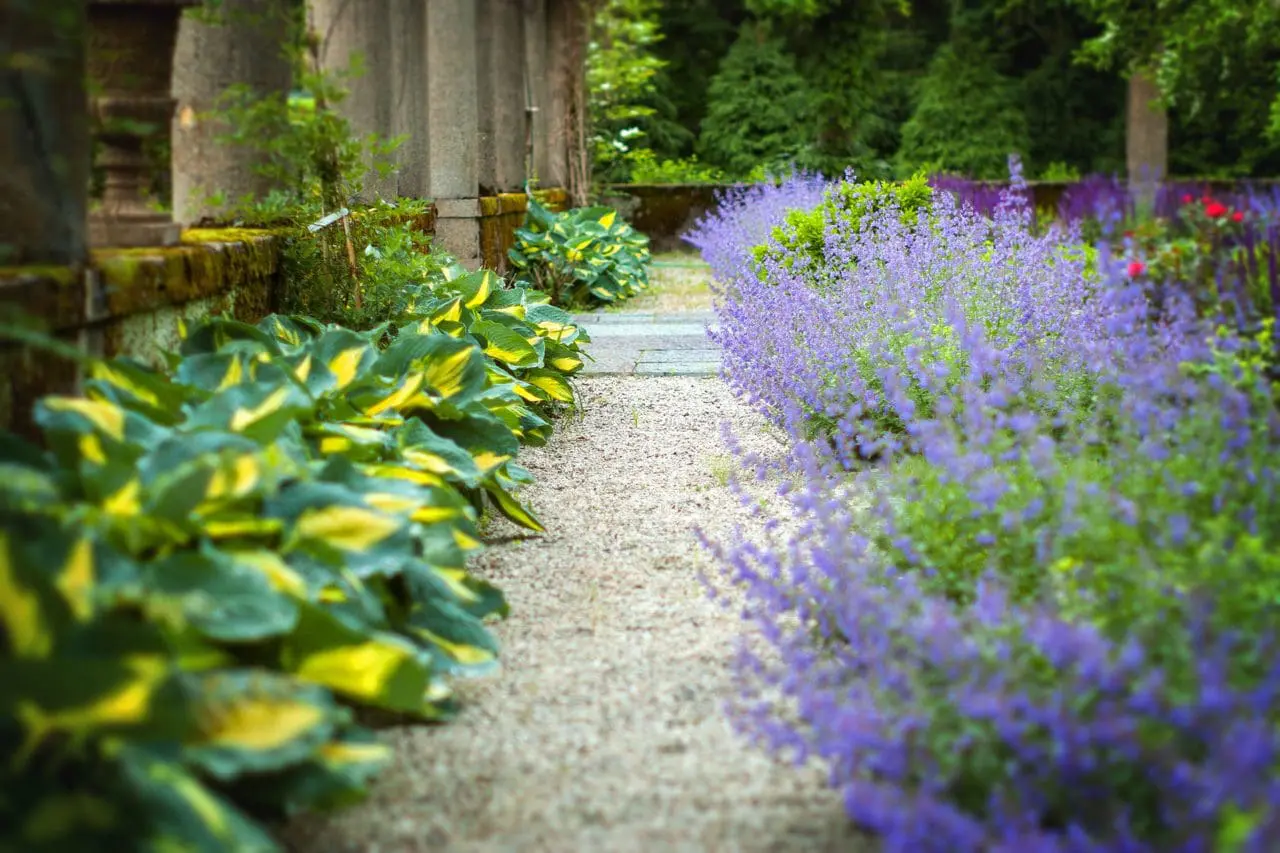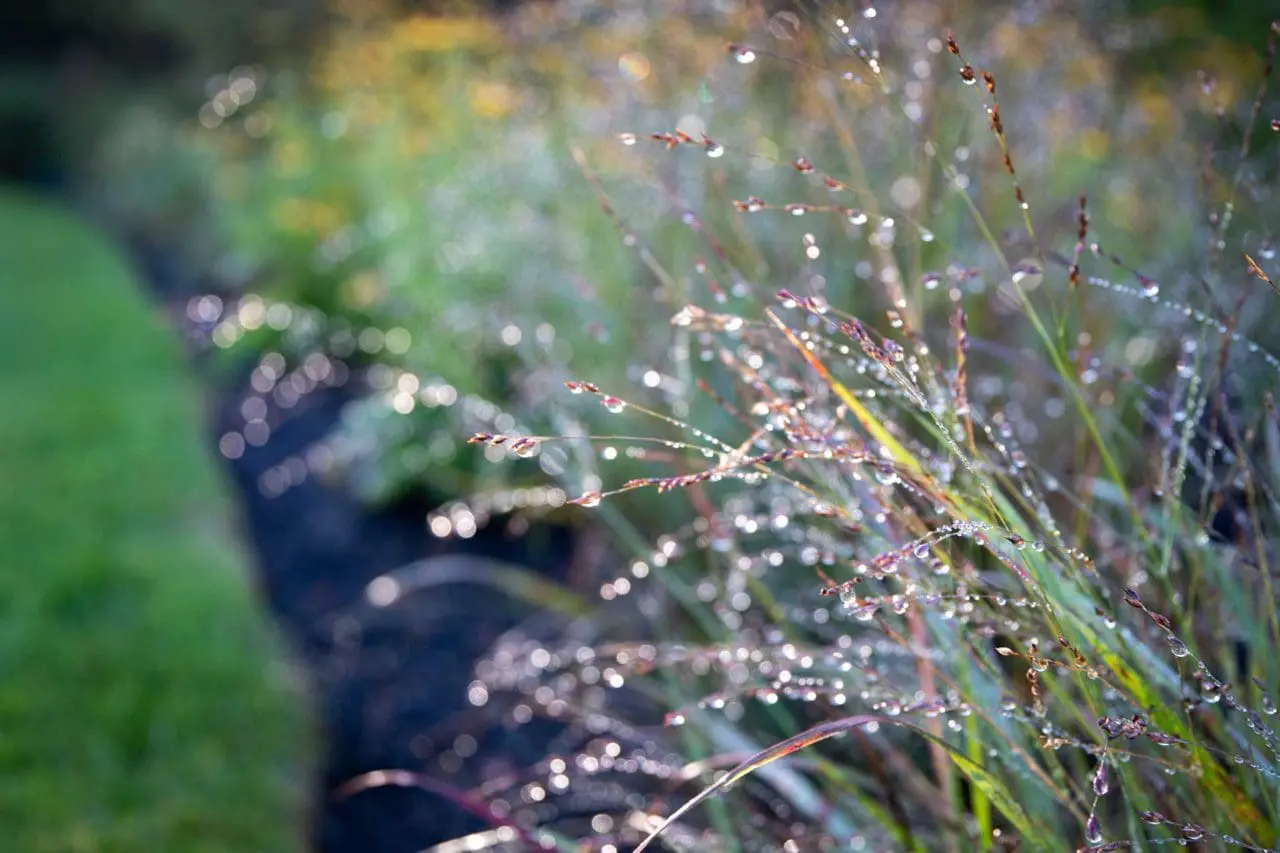The Pollinator Movement
Let’s talk about one of the biggest current trends in gardening – the pollinator garden.
We, at a Blade of Grass, are receiving an increasing amount of requests to establish meadow and pollinator gardens in areas where clients are either giving up on lawn or where they want to give back a portion of their manicured gardens to nature and the bees and butterflies.
Key Takeaways
- Pollinator gardens are more than decorative — they restore ecological balance, attract beneficial species, and support biodiversity.
- You’ll learn the design steps: plant layering, bloom timing, habitat features, and layout.
- The post helps you build a garden that’s not just pretty, but purposeful — good for pollinators and people.
It’s About Awareness
This shift has been brought about by two things:
- Awareness of how important our pollinators are for our own food supply.
- responsible gardeners and nature lover’s realization that we can do something in our own backyards to rebuild the habitats of the dwindling numbers of bees and pollinators
- The ever-increasing cost of maintaining grass with fertilizer, treatments and water
- The last couple of seasons when water-restrictions have been enforced in the driest, warmest months causing permanent damage to grass.
It is important to realize that meadow or pollinator gardens are only a phase in the constant shift in nature from reclaiming disturbed soil (in nature due to natural disasters such as floods, fires, shifts in soil) to progress to meadow and shrub areas and eventually reaching the climax phase with mature trees and shrubs in a balanced and healthy ecosystem.
By establishing meadow and pollinator gardens we recreate a phase in plant succession and then try and maintain it at this phase.
Key Ingredients in a Pollinator Garden
Things we need to address in order to create pollinator gardens.
- Compaction – caused by example: foot traffic, mowing machines & construction
- Leeching of nutrients – sprinkler systems and over application of water wash out nutrients.
- Lack of microbacteria – tilling of soil and exposing it to UV damage the micro-bacteria that is so important to bind nitrogen and help plants develop good root systems.
- Disturbed pH levels
Nature would heal itself over many years by sending succession after succession of plants to the disturbed area. We as humans do not have the patience nor enough years in our lifetime to wait for nature to do this. And this is where we as designers, environmentalists and landscape contractors step in. We have learned to speed up this process by collecting seed, growing plants and enriching soil to recreate a mature garden often in a season or two. But it is certainly not as simple as just scattering a few seeds on the ground.
5 Steps to Create a Pollinator Garden
These are the 5 steps we use to create pollinator gardens:
- Aerate – manual or by machine – we break up compacted soil.
- Fertilize and enhance the soil by adding organic matter & microbes
- Establish a cover crop – a single species or a mix of fast-growing pioneer plant species and grasses to cover and bind soil and help trap moisture and organic matter. This would include so-called ‘weeds’ such as clover.
- Add the first successors – a mix of native wildflowers – annuals, bi-annuals and perennials – planted by sowing seeds or planting plugs/plants. Keep it local! Species local to the area are best suited to the climate and best support local wildlife.
- Maintaining the meadow to ensure a balanced mix of species. This would include watering whilst establishing and weeding out (by hand) any unwanted weeds that may pop up or take over. Over time we may need to reseed or add other species that may not have been successful in the first round of succession.
Creating a pollinator garden could take time and requires patience. But the effort would be rewarded by the sight of butterflies and bees visiting and feeding off the colorful and diverse mix of grass and plant species and knowing that you have given back to nature.
If each gardener creates a patch where a natural habitat can be restored, we would soon reach the next step of creating corridors of pollinator gardens. More habitats mean a bigger numbers and variety of species. Diversity is one of the indicators of a healthy ecosystem.
We are all dependent on our ecosystem for our continued existence, but its continued existence depends on us.


